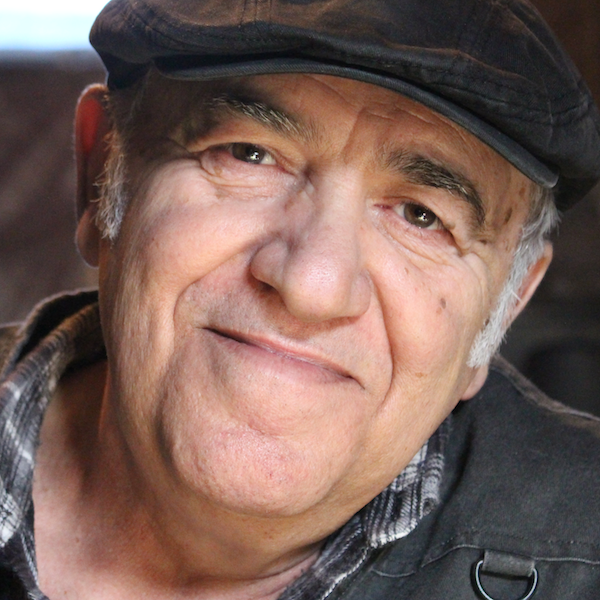Norik Astvatsaturov

Troyd Geist, North Dakota Council on the Arts
Bio
Norik Astvatsaturov’s work is ancient in its origins yet current in its voice. He is an Armenian repoussé artist who, using a hammer and simple nail punches, works both sides of metal sheets (copper, bronze, brass, German silver, sometimes gold) and uses semi-precious stones like amethyst, turquoise, garnet, topaz, and carnelian as insets to create ornate works of art. Cultural items like jewelry boxes and icons made by Astvatsaturov are used by the Armenian diaspora to maintain their ethnic identity and remember their turbulent history.
Astvatsaturov’s father, Ygishe, lived in the area of Zangezur, Armenia, and moved to Baku, Azerbaijan, after the Russian Revolution of 1917. This is when the family name was “Russified” from the Armenian “Astvatsaturyan,” meaning “God-given,” to Astvatsaturov to deflect ethnic and religious persecution. Astvatsaturov was born in 1947. As a young man, he apprenticed to an elderly Armenian artisan named Goga. Astvatsaturov stated, “He taught me old techniques…to create depth, volume, and detail.… Each kind of metal has its own properties, elasticity, and feel.”
Soon, Astvatsaturov obtained a full-time job in metal repoussé in Baku where he supported his family solely with commercial work from 1970-88. Yet, the traditional art he created that reflected Armenian culture and religion had to be hidden from prying eyes for fear of persecution. According to custom and tradition, he made such decorative metal items as crosses to pray for health, covers protecting family Bibles, and jewelry boxes for marriages.
In the late 1980s and early 1990s, the Soviet Union collapsed and simmering ethnic and religious tensions rose to the surface. “Pogroms” ensued against Christian Armenians by the predominant Muslim Azerbaijanis that echoed the Armenian Genocide of 1915. Astvatsaturov and his family fled and eventually found a home in Wahpeton, North Dakota, in 1992. While they were forced to leave most of their possessions behind, Astvatsaturov brought with him his hammer and nail punches. He said, “A good artist is one who can carry all the tools he needs in his pocket.”
To support his family, Astvatsaturov worked as a machinist in Wahpeton while also continuing his art—this time freely and openly making items cherished by the Armenian diaspora in the United States. Astvatsaturov’s work is known not only for extraordinary technique with simple tools but for the meaning and feeling he infuses into his art. He said, “Technique without meaning is lifeless.”
Since arriving in the U.S., Astvatsaturov has worked tirelessly to teach and share his traditional art and its message with Americans and the Armenian diaspora regionally and nationally. He has taught, given workshops, presented at folk festivals, exhibited regionally and nationally, and is a recipient of fellowships from the North Dakota Council on the Arts, the Fund for Folk Culture, and the Bush Foundation.
Bio written by Troyd Geist, North Dakota Council on the Arts



